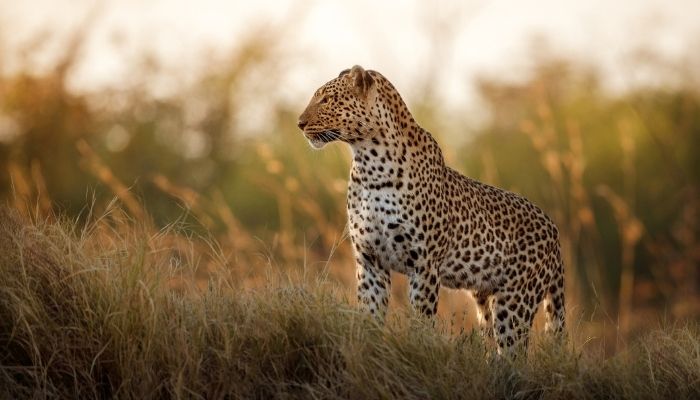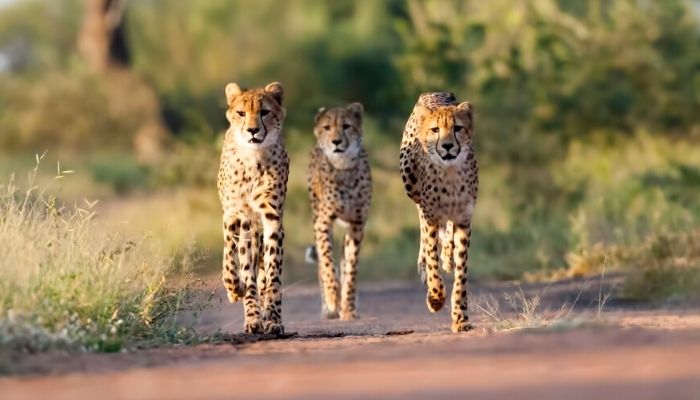Kruger National Park can be visited throughout the year, but the best season to go really depends on what you hope to see. There is no true “low season” here, although it tends to be busiest when South African schools are out for breaks and holidays. That includes a two-week break in March/April, three weeks in June/July, one-week in September/October. A longer break that falls in the Southern Hemisphere’s summer of around five to six weeks in December/January. Accommodation is often sold out months in advance during these periods, so you’ll want to book early if you plan to visit then.
The dry season runs from May through September, with June and July relatively cool, while August and September are often scorching hot and humid. The wet season starts in November and concludes in March, with April an autumn transition month, while late September through early November fall in the spring.
For optimal wildlife watching, you’ll want to visit the Kruger during the dry season. Vegetation will be sparse, and the animals gather around the waterholes to drink. October is a transitional month between the dry and wet seasons. As the park will be the driest it gets all year, it’s also a good time to see the wildlife. Once the wet season is in full swing and rains have arrived, vegetation comes to life quickly, with the landscape turning green, allowing animals to hide easily, making them hard to spot. However, visiting the park in November and December brings the best chance to see new-born animals. Something else to consider is that there is a greater risk of malaria during the wet season, which is why precautions like antimalarial medications are recommended.
What to Expect in Every Season
As it is possible to visit the Kruger throughout the year, we’ve provided details of what you can expect in every season to make it easier to decide when to go.
Keep in mind that the dry season is May through September, and the rainy season is October through April, although October is more of a transitional month between the two.













